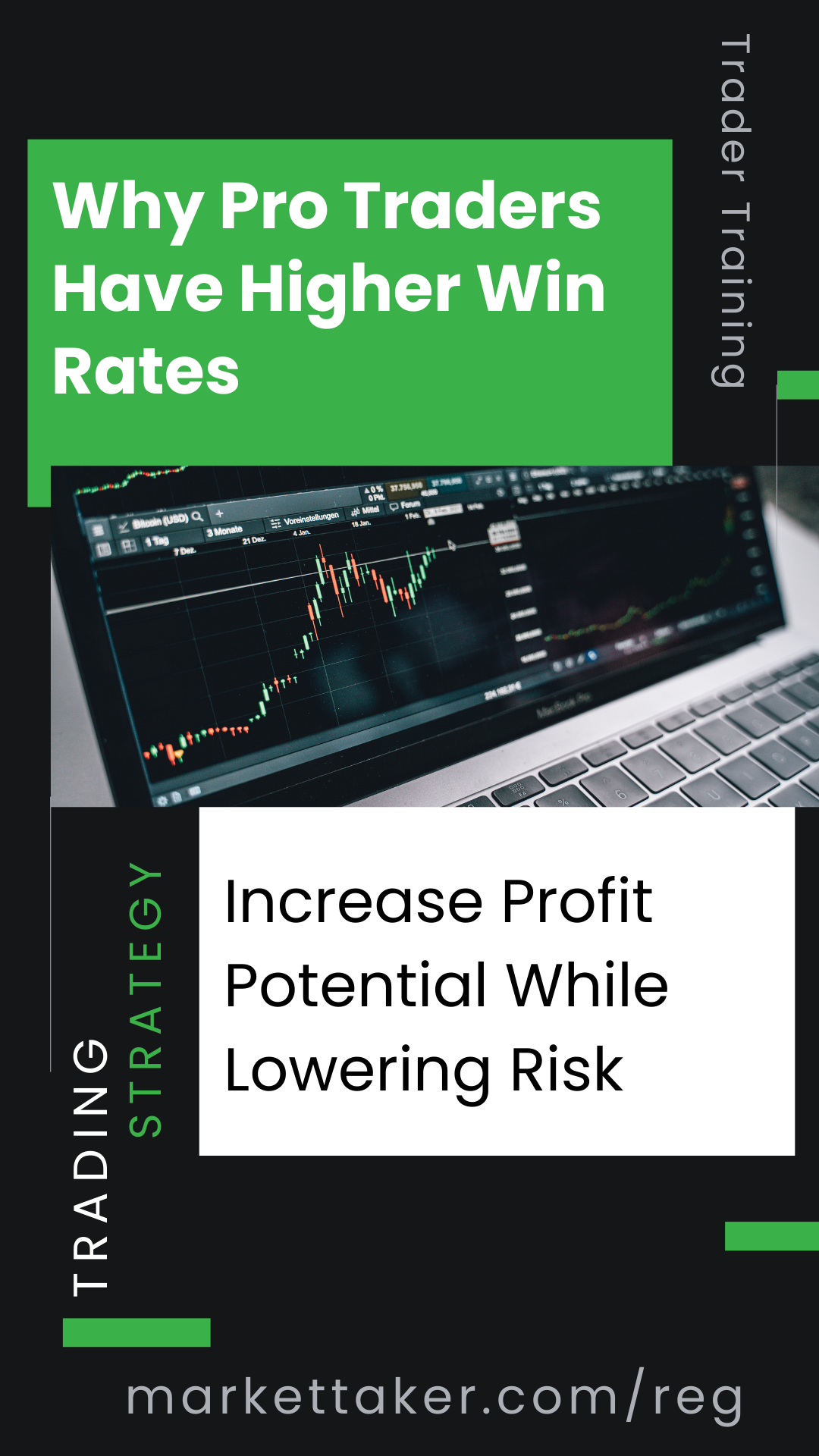Every so often, I feel the need to caution option traders and investors about selling “naked” or cash-secured puts. In case you haven’t noticed, the geopolitical arena has been filled with news that has triggered an awful amount of volatility in the markets. With implied volatility (IV) and option prices high because of the sell-off, it is tempting to sell naked puts for bigger than normal premiums. But many option traders do not understand the risk.
What Is a Naked Put?
If you sell a put option without having a position in the underlying stock or being long any options on the stock, your position is considered “naked.” For example, if a trader is writing naked calls, he is selling calls without owning the stock. If the trader did own the stock, the position would be considered “covered.” Many traders/investors sell these out-of-the-money (OTM) because the odds they will expire worthless are good. They get to keep or buy back the premium for cheap. For put options, if the stock closes below the put strike at expiration and the position is not closed, the seller will be assigned 100 shares for every put sold at the strike price.
Can They Be Low Risk?
If you have invested money in the market, you are at risk. Traders often think it’s a low-risk strategy that can offer consistent profits, and indeed it can. Selling out-of-the-money (OTM) vertical credit spreads can be considered low risk because of the potential high probability of success. Selling naked options can also have a high probability of success. But it can be dangerous as well, especially for new option traders, and should only be considered by more advanced option traders and those with large trading accounts.
Short option premium can seem like an easy way to make a profit in trading. What traders forget is that the premium received from selling options is not theirs to keep, and there is substantial risk until the position is closed for a profit or expires worthless. Even though the premium may seem like a gift, it is not by any means. The risk of selling naked options can be significant.
Recent PLTR Example
Let’s look at a chart of Palantir Technologies Inc. (PLTR) from mid-February of this year.

At the time you could have sold a Mar-21 (a month to expiration) 100 strike put for a credit of 1.40 or $140 in real terms as seen below. That is almost $25 OTM, and at the time the put had a delta of 0.11. An options trader definition of delta can be the percentage of expiring in-the-money (ITM). And 11% is a relatively small amount and seems like a safe bet, right?

Fast forward to March 6, and that seemingly innocent naked put now has an ask price of 19.65 or $1,965 with the stock trading at $81.19 as seen below.

If the put were to be closed out now, the position would lose 18.25 or $1,825. The option trader could be assigned 100 shares of PLTR, but the cost basis would be the 100 strike price minus the 1.40 credit or $98.60. Either way, it is not a favorable or profitable position to be in.
Final Thoughts
Selling naked options, especially in volatile environments like this, is tempting when premiums are overpriced. But as the example above shows, there can be some serious risks attached too. Many so-called “experts” out there promote this type of activity as relatively safe, and it can be at times. But no matter what the option position is, an option trader should always understand the risk.
John Kmiecik
Senior Options Instructor
Market Taker Mentoring


